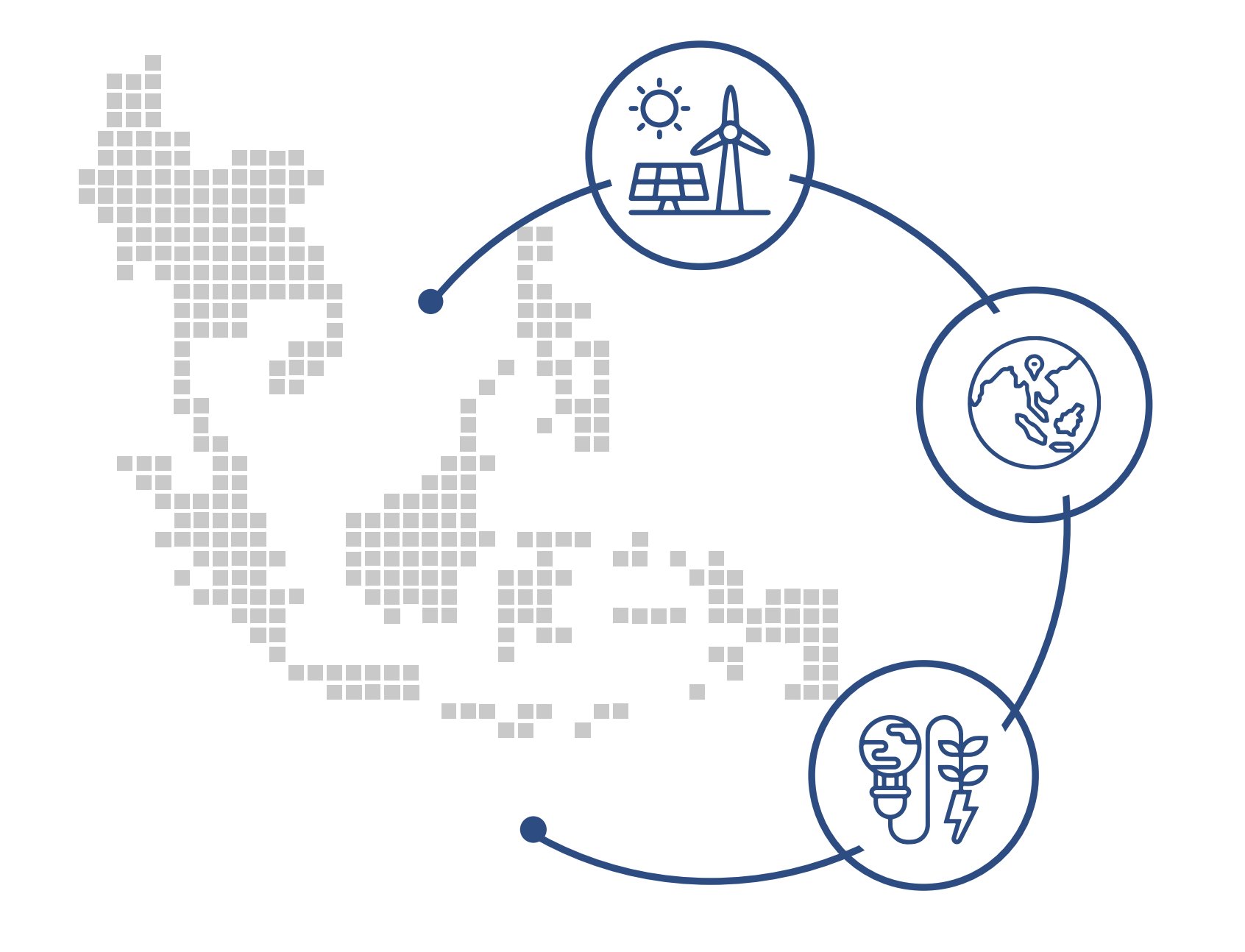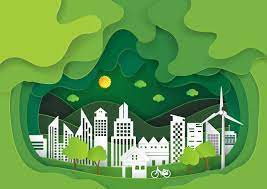Background
Burkina Faso is a land-locked country in West Africa. It is located in the Sahel, at the border between the Sahara desert to the north and the tropical forests to its south. The climate is characterized by both wet and dry seasons. Droughts, desertification, soil degradation and deforestation are key environmental challenges and cause a strain on agriculture, the country’s main economic sector, which employs for 90% of the labor force.
Overall Fiscal Profile
Economic growth has been robust for several years, reaching 6.6 per cent in 2013 and projected to reach 6.8 per cent in 2014. Domestic revenue is about 18 per cent of GDP, and revenue collection has been improving in recent years – it was 88 per cent in the first quarter of 2014 – thanks to increasing mining rents. Burkina Faso was adversely affected by the global food and energy price shock in 2008, which led to a ballooning of prices for basic commodities and fuels. Low tax rates and a narrow tax base inhibit the establishment of a solid fiscal structure in Burkina Faso. The average yearly tax revenue between 2003 and 2008 was 1.1 per cent of GDP. In addition, the average tax rate on fuel price has gone down from US$ 0.28 as of 2003, to US$ 0.19 as of 2008. Its fiscal deficit was estimated at 3.5 per cent of GDP in 2013.
Policy and Legal Framework for Green Economy
The Strategy for Growth and Sustainable Development (SCADD) is the existing central framework governing Burkina Faso’s economic, environmental and social development policies for the period 2011 to 2015. SCADD was developed to create synergies between economic efficiency, environmental sustainability, and social equity, reflecting the same pillars as those of the Green Economy concept. It is also a means of achieving the Burkina 2025 vision, which seeks to build solidarity, progress, justice and international stature for the country by 2015.
With a targeted average annual growth rate of 10.04 per cent, the overall cost of implementation of the strategy is estimated at CFAF 1,499.24 billion per year, compared to existing annual financing of CFAF 949.48 billion. The SCADD integrates components of green economy including pro-poor growth with a focus on job creation. The strategy also aims to boost agricultural production through enhancing irrigation and developing mitigation strategies for climate change. Within the energy sector, the strategy seeks to lower the cost of electricity by strengthening institutional and regulatory frameworks, and to attain a national electrification rate of 60 per cent by 2015. According to an IMF review, 57 percent of the measures and actions listed in the SCADD performance matrix were fully implemented by 2013, and 66 percent of the targets were reached in terms of their indicators. None the less, as reported by GIZ (2013), environmental regulation is still weak and rarely enforced.
Fiscal Measures for a Green Economy
The government implemented fiscal measures in 2006 focused on VAT and reimbursement procedures. It maintained tax on oil and increased electricity subsidies by 18 billion CFA francs. Further reforms took place in 2008, which lowered the tax evasion rate from 12 per cent before the changes to 7 per cent afterwards. However, there are subsidies on electricity, which amounted to 3.59 per cent of government revenues and 7.8 per cent of GDP in 2011, and on petroleum products, which cost 49.5 billion CFA, equivalent to 1.0 percent of GDP in 2011.
In 2011, a budget line to support environment and natural resource management within the Ministry of Finance was created, alongside budgeting and planning tools for the operationalization of the SCADD 2011-2015. Additionally, the National Investment Plan for Environment and Sustainable Development was approved in 2013. The Plan aims to promote the green economy by increasing funding for pro-poor environmental sustainability activities. The plan targets USD$100 million investment.
Fossil Fuel Subsidy Reform
In the wake of the global oil and food price shock in 2008, energy prices increased substantially. For example, lamp oil, gasoline and diesel increased by 7.7, 10.4, and 20.2 per cent, respectively.
Certain segments of the population resorted to street protests against higher living costs, which put pressure on the government to introduce measures to compensate for the rising fuel and commodities prices. These measures included suspending customs duties and VAT on a few core energy products and food stuffs such as rice, milk, and cooking oil. The government also subsidized the price of butane gas to distributors, at a cost of 0.3%. Additionally, heavy fuel was subsidized at 0.4 per cent of GDP in 2008 to support electricity generation.
However, an IMF review found that less than 16 percent of the benefits of these measures accrued to the bottom 40 percent of the population because the products exempted from VAT were mainly staples of higher income consumers. Moreover, the government put in place temporary food price measures but in reality, almost 80 percent of the benefits of these measures accrued to households in the top 60 percent of the welfare distribution. Also, because the government did not pass through the increase in international oil prices to consumers, SONABHY, the national oil importer, faced losses amounting to 0.8% of GDP between mid-2007 and mid-2009. In all, fiscal support measures related to fuel products in 2008 cost roughly 1.6 per cent of GDP.
The temporary measures were dropped in September 2008 but the government continues to subsidize certain fuels. Today, there exists an explicit subsidy to distributors on butane (0.3% of GDP). In addition, heavy fuel is also subsidized amounting to 0.4% of GDP. The government has provided subsidies and short-term capital injections to the state-owned electricity utility, SONABEL, and to SONABHY, the state-owned fuel importer, to shore up their losses when fuel prices increased. The two companies are subject to fixed retail fuel prices but face losses when fuel prices rise on international markets, pushing up the overall cost of energy imports. In 2013, the government provided CFAF 172 billion in implicit and explicit subsidies to SONABEL and SONABHY, the national electricity company and the national fuel importer respectively. This amount is equivalent to 9.5 percent of government expenditure or 2.9 percent of GDP. These implicit and explicit subsidies represent a significant fiscal burden for the government budget. However, with support from IMF, the government plans to undertake an audit of its subsidies to SONEBEL and SONABHY, which could mark the beginning of a review of its subsidy support to the two enterprises.
Additional Reading: Government of Burkina Faso (2009) Stratégie de Croissance Accélérée et de Développement Durable (SCADD) 2011-2015.Download here. IMF (2011). Burkina Faso – Policies to Protect the Poor from the Impact of Food and Energy Price Increases. Retrieved from: http://www.imf.org/external/pubs/ft/wp/2011/wp11202.pdf IMF (2012) Burkina Faso: Strategy for Accelerated Growth and Sustainable Development 2011-2015. Download here.





